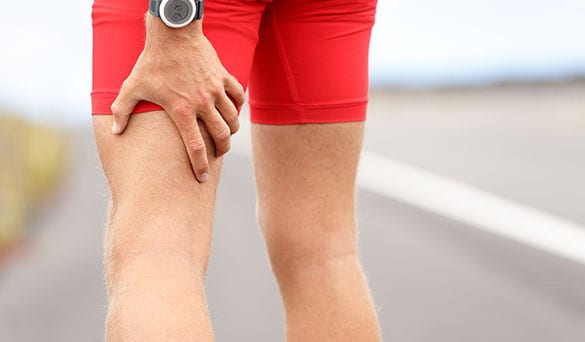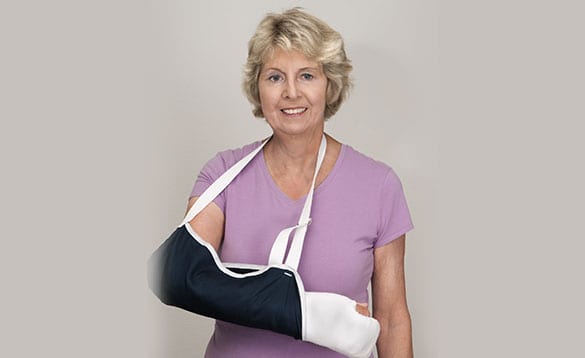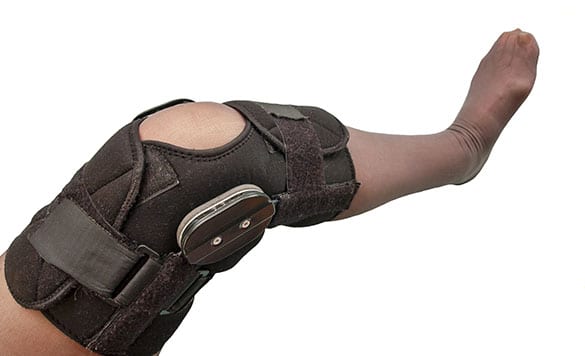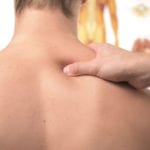
If you suffer a Ligament Tears, learn about your available options and treatments.
Ligaments are thick, short bands of flexible tissue that connect cartilage or two or more bones to a joint to provide added support for movement. Despite being fairly durable, these tissues are still susceptible to injury that sometimes includes partial or complete ligament tears.
- Tears can occur around any joint
- Knees are often affected (especially the anterior cruciate ligament)
- Treatment depends on extent of tear and if other tissues were affected
CONTACT US TODAY
Partial and Complete Ligament Tears
Any injury to a ligament is referred to a sprain, with each degree of sprain ranging from a classification of grade 1 to grade 3. Grade 1 sprains are mild and the ligament has only been stretched or irritated, but not torn. With grade 2 sprains, the ligament becomes loose. This is sometimes referred to as a “partial tear.” A grade 3 sprain is a complete tear of the ligament. With tears, the ligament has split into two pieces and the joint becomes unstable. Common causes of partial or complete ligament tears include:
- A hard fall or impact
- A sudden twist or turn of a joint
- Stretching a ligament beyond it’s normal range of motion
- Repetitious motions that gradually weaken a ligament


Signs and Symptoms Associated with Tears
The first sign of some type of injury to a ligament is pain around the affected joint. The area where pain is felt may suggest which ligament has been partially or completely torn. For instance, an injury to the medial collateral ligament (MCL) produces pain on the inside of the knee. In some situations, how the joint reacts can suggest which ligaments are affected, as may be the case if a shoulder becomes dislocated due to torn glenohumeral ligaments (GHL). These ligaments normally help keep the shoulder’s ball-and-socket joint in place. The following symptoms may suggest a ligament tear:
- Tenderness around the joint
- Swelling or redness
- Sudden joint instability
Diagnosis and Treatment
A physical exam and image tests, usually X-rays and a magnetic resonance imaging (MRI) scan, are steps involved with diagnosing a ligament tear. Depending on the extent of the tear, non-surgical options may include applications of ice, bracing, and therapeutic forms of physical therapy. It’s possible for a torn ligament to heal without surgery if it’s immobilized properly.
Surgery and Recovery
If a ligament is torn completely or loose enough that it’s affecting joint stability, surgery may be necessary. The specific approach to surgery will depend on which joint is affected. The purpose of any ligament surgery is to repair the tear and restore joint stability. An arthroscopy may be done first to explore the joint and ligament to determine the extent of the injury and whether or not other tissues and bones are involved. Recovery involves physical therapy to gradually restore strength to the ligament and supporting muscles.
The most effective way to prevent ligament tears is with stretching and exercises designed to keep muscles strong and flexible. Being mindful of your diet, using proper technique and form when playing sports, and avoiding or minimizing repetitious motions as much as possible are additional steps you can take to reduce your odds of having to deal with torn, strained, or damaged ligaments around joints that tend to receive the most use.




